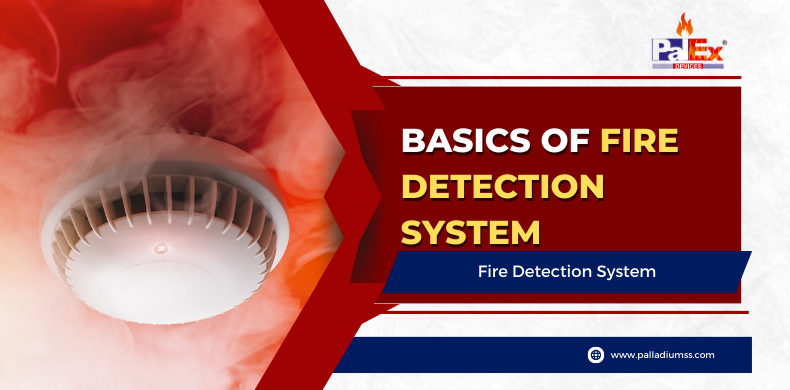The system is usually connected to a central alarm station that monitors the building and notifies the fire department in the event of a fire. When choosing a fire alarm system, it is essential to consider the type of building, the level of protection required, and the budget. Different types of systems are better suited for different applications. For example, a restaurant may need a different system than an office building.
Why Fire Detection and Alarm System Required
There are several reasons why fire detection and alarm system are required in buildings.
Smoke Detector Working Principle
A smoke detector is a device that senses smoke and sends an alarm signal to the fire alarm system. A smoke detector consists of a sensor that is sensitive to smoke and an alarm that sounds when the sensor detects smoke. Smoke detectors are an essential part of a fire alarm system. They are usually located in hallways and bedrooms.
Type of Fire Detection Systems
Several types of Fire Detection systems are available on the market, and every fire detectors have its own specific workings. A list of various kind of fire detector are stated below:
-
Optical Smoke Detector
Optical smoke detectors work by sensing smoke particles in the air. The smoke particles reflect light onto a light sensor. The light sensor activates the alarm. Optical smoke detectors are less likely to cause false alarms than other detectors.
-
Heat Detector
- Rate-of-rise heat detectors activate when the temperature rises rapidly. They are used in applications where a fire is likely to develop quickly, such as in flammable liquid storage areas.
- Fixed-temperature heat detectors activate when the temperature reaches a specific threshold. They are designed to activate at a high enough temperature to cause damage but low enough so people can evacuate the building safely. Fixed-temperature heat detectors are usually located in areas where a fire is likely to develop slowly, such as in bedrooms.
-
Stand Alone Smoke Detector
A stand-alone smoke detector is a smoke detector that is not connected to a fire alarm system. Stand-alone smoke detectors usually have their own battery. They may also have their own sounder. Stand-alone smoke detectors are not as adequate as smoke detectors connected to a fire alarm system. This is because they will only provide an early warning if someone is in the same room as the detector.
-
UV Flame Detector
A UV flame detector is a device that uses ultraviolet (UV) light to detect flames. The detector consists of a UV sensor and an alarm. The sensor is sensitive to UV light. The alarm sounds when the sensor detects UV light from a flame.
-
Beam Detector
Beam detectors are used in combination with reflectors. The reflector is placed on the opposite side of the room from the detector. The detector sends out a beam of light. The beam is reflected by the reflector. The detector senses when the beam is interrupted. The detector then sends an alarm signal to the fire alarm system. Beam detectors are commonly used in large rooms, such as auditoriums and warehouses.
-
LPG Leak Detector
LPG leak detectors are used to detect liquefied petroleum gas leaks (LPG). They are used in household and commercial applications. LPG leak detectors usually have an alarm that sounds when a leak is detected. This might be very useful for providing an earlier warning and can control the hazards.



